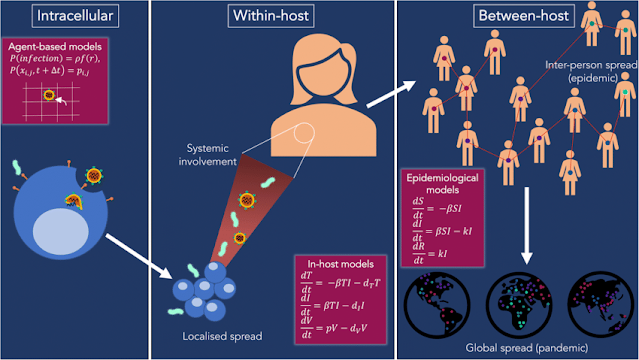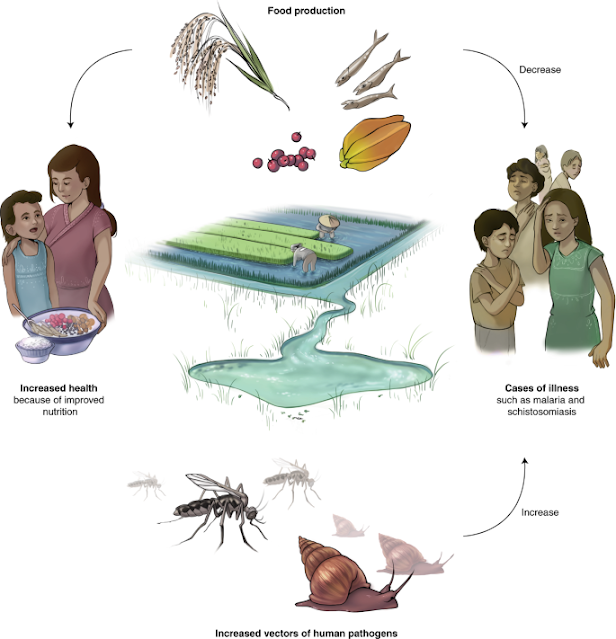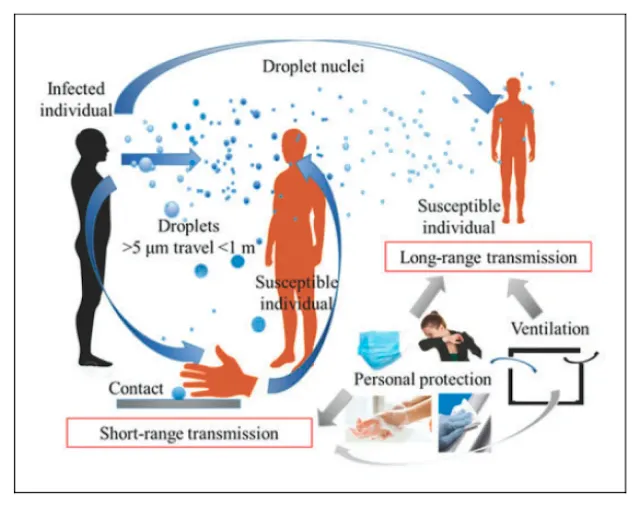INTRODUCTION: Rapture of membranes is associated with loss from the uterus of amniotic fluids. Amniotic fluid is normally produced continuously and, after approximately 16 weeks of gestation, is predominantly dependent on fetal urine production. However, passage of fluid across the fetal membranes, skin, and umbilical cord; fetal saliva production; and fetal pulmonary effluent also contribute.
IMPORTANCE OF AMNIOTIC FLUIDS: Amniotic fluid protects the fetus against infection, fetal trauma by acting as a shock absorber, and umbilical cord compression. It also allows for fetal movement and fetal breathing, which, in turn, permits fetal skeletal, chest, and lung development. Decreased or absent amniotic fluid can lead to compression of the umbilical cord and decreased placental blood flow. Disruption of the fetal membranes is associated with loss of the protective effects and developmental roles of amniotic fluid.
PREMATURE RAPTURE OF MEMBRANES: Premature rupture of membranes (PROM) is the rupture of the chorioamniotic membrane before the onset of labor. PROM is associated with about 8% of term pregnancies, which is about 37 weeks or more of gestational age, and is generally followed by the onset of labor. Preterm PROM (PPROM), defined as PROM that occurs before 37 weeks of gestation, is a leading cause of neonatal morbidity and mortality and is associated with approximately 30% of preterm deliveries.
CONSEQUENCES THAT FOLLOW PROM: PROM leading to preterm delivery is associated with neonatal complications of prematurity such as respiratory distress syndrome, intraventricular hemorrhage, neonatal infection, necrotizing enterocolitis, neurologic and neuromuscular dysfunction, and sepsis.
The most significant maternal risk of term PROM is intrauterine infection, a risk that increases with the duration of membrane rupture. The presence of lower genital tract infections with Neisseria gonorrhoeae and group B streptococcus (GBS), as well as bacterial vaginosis (BV) increases the risk of intrauterine infection associated with PROM.
Other complications include prolapsed umbilical cord and abruptio placentae. Consequences of PPROM depend on the gestational age at the time of occurrence. Rupture of the membranes before viability occurs in less than 1% of pregnancies. The probability of neonatal death and morbidity associated with PROM decreases with longer latency and advancing gestational age.
CAUSES OF PROM: The cause of PROM is not clearly understood. Sexually transmitted infections (STIs) and other lower genital tract conditions, such as BV, may play a role, insofar as women with these infections are at higher risk for PROM than those without STI or BV. However, intact fetal membranes and normal amniotic fluid do not fully protect the fetus from infection, because it appears that subclinical intra-amniotic infection may contribute to PROM. Metabolites produced by bacteria and inflammatory mediators may either weaken the fetal membranes or initiate uterine contractions by stimulating prostaglandin synthesis.
RELATED;
1. NORMAL LABOR AND VAGINAL DELIVERY





























